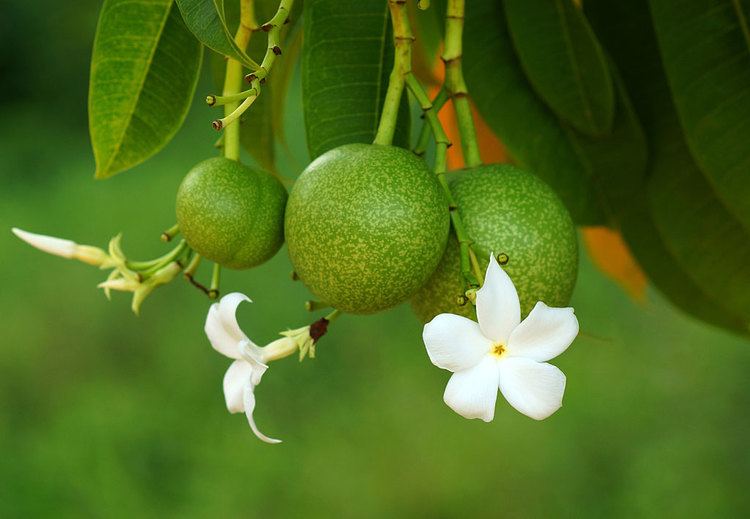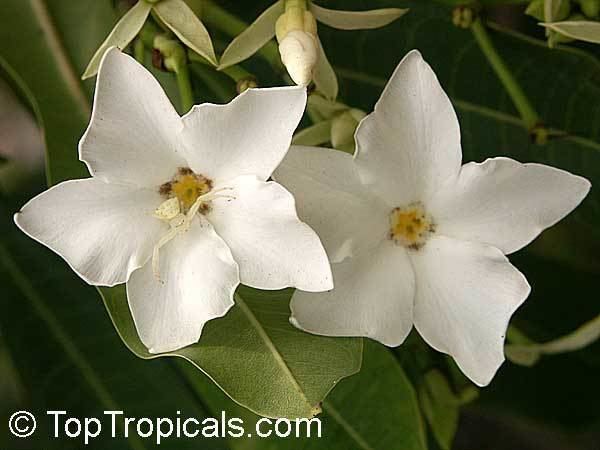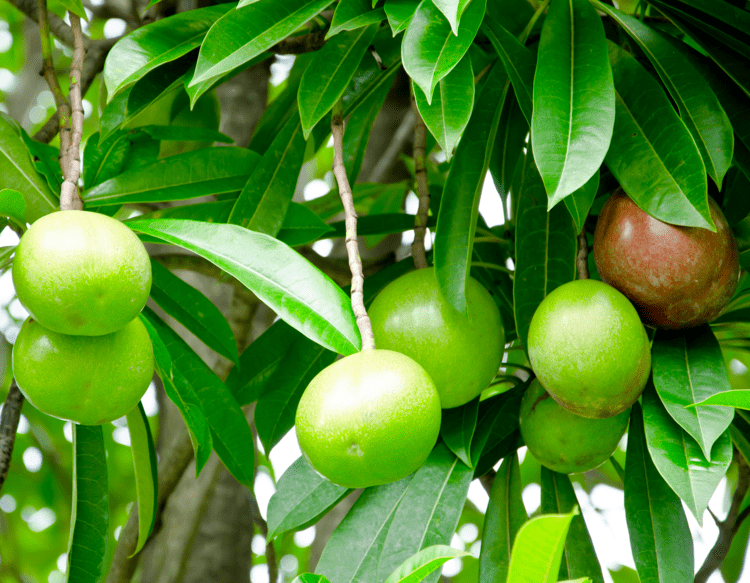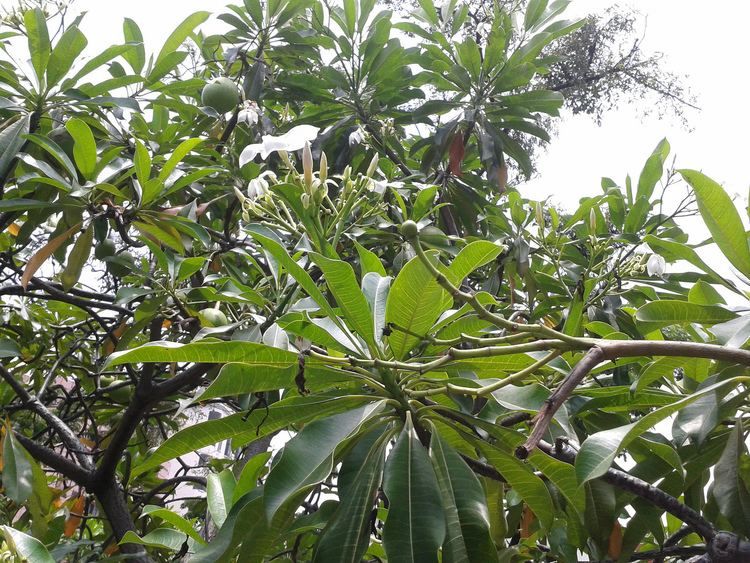Rank Species | Genus Cerbera Higher classification Cerbera | |
 | ||
Similar Cerbera, Apocynaceae, Cerbera manghas, Tembusu, Millingtonia hortensis | ||
cerbera odollam the toxic suicide tree
Cerbera odollam is a dicotyledonous angiosperm, a plant species in the Family Apocynaceae and commonly known as the suicide tree, pong-pong, and othalanga. It is a species native to India and other parts of southern Asia, growing preferentially in coastal salt swamps and in marshy areas but also grown as a hedge plant between home compounds. It yields a potent poison that has been used for suicide and murder.
Contents

Common names

Cerbera odollam is known by a number of vernacular names depending on the region. These include othalanga maram in the Malayalam language used in Kerala, India; kattu arali in the adjacent state of Tamil Nadu; famentana, kisopo, samanta or tangena in Madagascar; and pong-pong, buta-buta, bintaro or nyan in Southeast Asia. In Sri Lanka, it is known as "ගොන් කදුරු" ("gon kaduru") in Sinhala.
Description

Cerbera odollam bears a close resemblance to oleander, another highly toxic plant from the same family. Its branchlets are whorled about the trunk, and its leaves are terminally crowded, with tapering bases, acuminate apices, and entire margins. The plant as a whole yields a milky, white latex.

Its fruit, when still green, looks like a small mango, with a green fibrous shell enclosing an ovoid kernel measuring approximately 2 cm × 1.5 cm and consisting of two cross-matching white fleshy halves. On exposure to air, the white kernel turns violet, then dark grey, and ultimately brown, or black.
Growth range

C. odollam is native to India and other parts of southern Asia, growing preferentially in coastal salt swamps and in marshy areas, but also being grown as a hedge plant between home compounds. Specifically, it grows wild along the coast in many parts of Kerala, India.
Toxicity

The kernels of C. odollam contain cerberin, a digoxin-type cardenolide and cardiac glycoside toxin that blocks the calcium ion channels in heart muscle, causing disruption of the heart beat, most often fatally. The difficulty in detecting cerberin in autopsies and the ability of strong spices to mask its taste makes it an agent of homicide and suicide in India; there were more than 500 cases of fatal Cerbera poisoning between 1989 and 1999 in the southwest Indian state of Kerala.
Uses
The fruits are used for manufacturing bioinsecticides and deodorants.
Investigations have also been made into the feasibility of using the seeds as a feedstock in the production of biodiesel.
